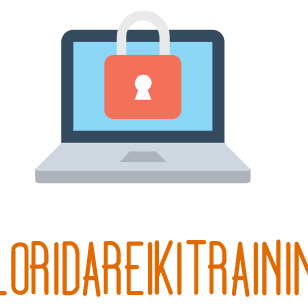“The Benefits and Risks of Using Fix and Flip Loans for Real Estate Investors”

Unlocking the Potential of Real Estate: The Comprehensive Guide to Fix and Flip Loans
Introduction to Fix and Flip Loans
The real estate market offers a plethora of opportunities for investors to grow their wealth, one of which is through the process of fixing and flipping houses. A fix and flip loan is a financial tool designed specifically for real estate investors looking to purchase properties, renovate them, and sell them for a profit within a short timeframe. These loans are attractive because they provide quick access to capital that might not be available through traditional banking methods. With the right approach and understanding, fix and flip loans can be a gateway to significant financial gains.
Understanding the Basics of Fix and Flip Loans
Fix and flip loans, also known as hard money loans or rehab loans, are short-term financing options that cater to the needs of investors looking to renovate and sell a property quickly. Unlike conventional mortgages that banks offer, which typically have longer terms and are based on the borrower’s creditworthiness and the property’s current value, fix and flip loans focus on the potential value of the property after renovations. Lenders are more concerned with the “after repair value” (ARV) than the borrower’s credit score, which makes them an ideal choice for investors who may not qualify for traditional financing.
Key Features of Fix and Flip Loans
These specialized loans come with certain characteristics that differentiate them from traditional financing options. They generally have higher interest rates, shorter repayment terms (usually 12 months or less), and are interest-only with a balloon payment at the end of the term. The loan amount is typically based on a percentage of the ARV, ranging from 50% to 70%, which means investors are expected to bring some cash to the table for the purchase and repairs.
Navigating the Application Process
Securing a fix and flip loan requires a different approach compared to applying for a conventional mortgage. Lenders will want to see a detailed plan of the renovation project, including cost estimates, timelines, and expected profit margins. They might also require borrowers to have some experience in real estate investing or a demonstrated track record of successful flips. It’s essential for investors to be well-prepared and to present a compelling case to the lender about the viability of the project.
Selecting the Right Lender for Your Fix and Flip Loan
Not all lenders are created equal, and when it comes to fix and flip loans, choosing the right lender can make a significant difference. Some lenders might specialize in working with experienced investors, while others might cater to those new to the fix and flip scene. It’s important to research and compare various lenders, taking into account their terms, fees, and reputation in the industry. A lender that has a keen understanding of the local real estate market and the flipping process can be a valuable partner.
Maximizing the Benefits of Fix and Flip Loans
To make the most out of a fix and flip loan, investors need to have a well-thought-out strategy. This includes buying the right property at the right price, staying within the budget during renovations, and having a solid exit strategy. Timing is crucial in the fix and flip business, so having a reliable team of contractors and a marketing plan for selling the property is equally important. By managing the project efficiently, investors can maximize their profits and make the best use of the loan.
Managing Risks and Challenges
While fix and flip loans can be highly profitable, they also come with risks. The most significant risk is the potential for unforeseen costs during renovation, which can eat into profits or, in the worst case, lead to a loss. Market fluctuations can also impact the selling price and duration on the market. To mitigate these risks, it’s crucial to conduct thorough due diligence before purchasing a property, have contingency funds in place, and stay adaptable to market changes.
Success Stories: Real-world Examples of Fix and Flip Wins
Across the country, many investors have found success with fix and flip loans by transforming distressed properties into desirable homes. These success stories often feature investors who have done their homework, understood the local market, and executed their renovation projects with precision. By learning from these experiences, new investors can gain insights into best practices and common pitfalls to avoid.
Legal and Tax Considerations
When engaging in fix and flip projects with the aid of loans, investors must be aware of the legal and tax implications. Depending on the scale of the operation, it might be beneficial to establish a legal entity, such as an LLC, to protect personal assets and potentially offer tax advantages. Additionally, understanding capital gains taxes and how they apply to the profit from property flipping is essential for financial planning.
Conclusion: Is a Fix and Flip Loan Right for You?
A fix and flip loan can be a powerful vehicle for investors seeking to capitalize on the real estate market’s potential. However, it’s not suited for everyone. It requires a significant amount of knowledge, experience, and risk tolerance. For those who are prepared, fix and flip loans offer the opportunity to achieve rapid growth in the world of real estate investing. By carefully considering the factors discussed in this guide, you can determine if this type of loan aligns with your investment goals and if you’re ready to take on the exciting challenge of fixing and flipping properties.




